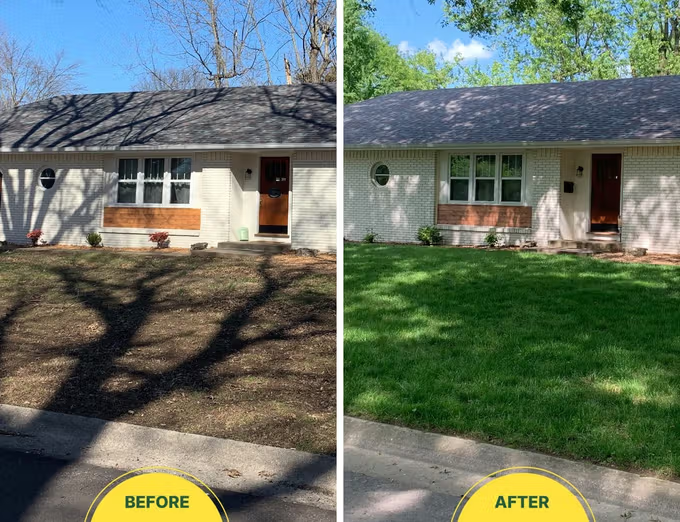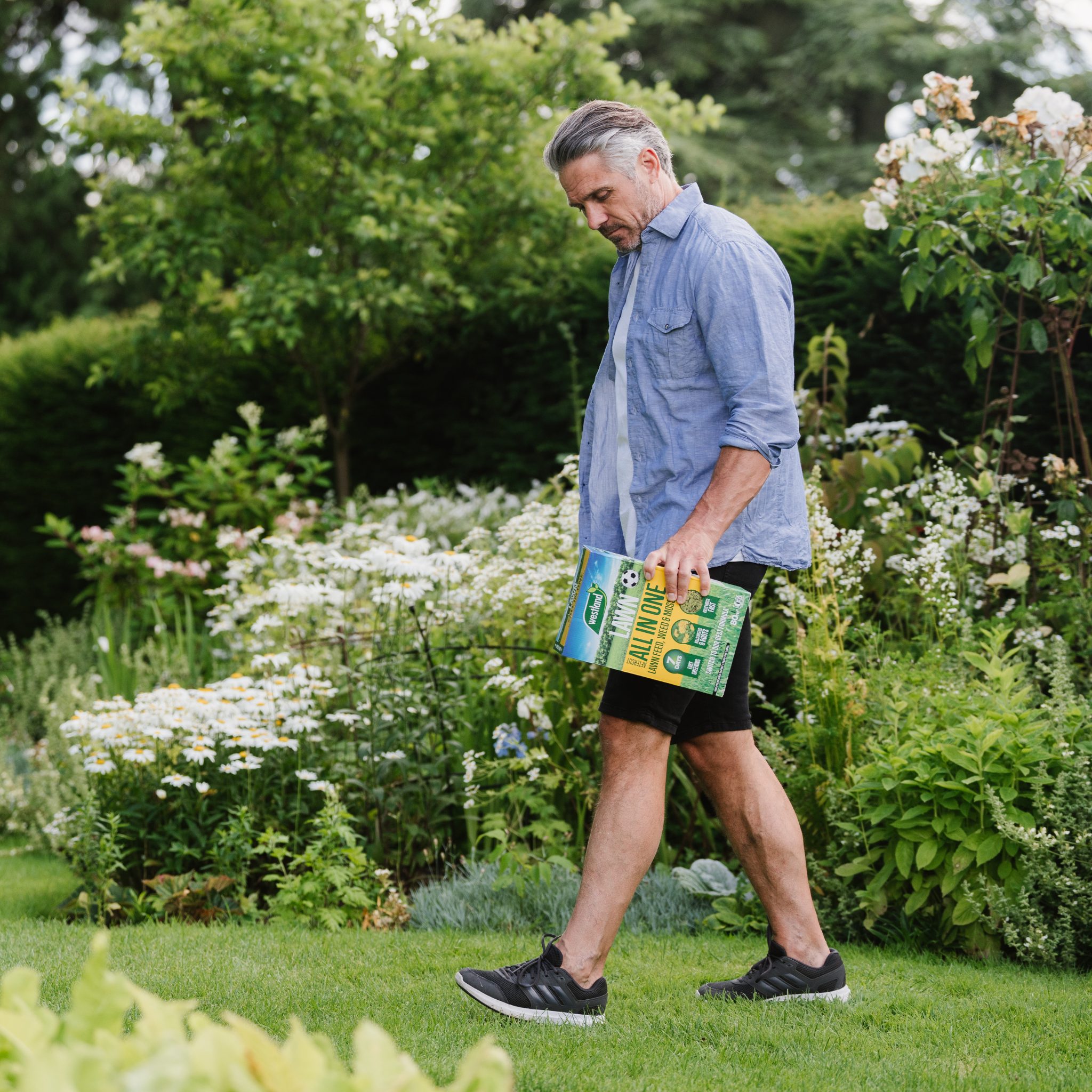Understanding The Best Bermuda Grass Mowing Height
Last Updated on July 31, 2024 by Duncan
You will find Bermuda grass growing in different types of soils, mostly in mild climates and sunny areas. For you to maintain the grass in good condition you need to take good care of it.
One of the ways of doing it is to mow it properly. To help you out, here are tips on how to properly mow Bermuda grass:
Which is the best Bermuda grass mowing height?
The height that you should go for depends on the type of Bermuda grass you have in your lawn. Do you have the most common type of Bermuda grass, that has coarse texture? You should mow it 1 ½ to 2 ½ inches.
Do you have hybrid Bermuda grass, such as the fine-textured Tifway 419? You should mow it as close to the ground as possible.
The best way of going about it is mowing 1/5 to 1 ½ inches.
How often should you mow the grass?
The frequency you should mow the grass depends on how clean you want your lawn to be. Is this the first you are looking to mow the grass? Mow it before it turns green in the spring.
The best way of going about it is setting the mower blade ½ inch lower than the recommended height of your Bermuda grass. You should note that when mowing, the first mowing removes the dead grass blades.
Once you are done with the first mowing, reset the blades to the recommended height and mow again as soon as the grass starts getting green.
For you to maintain the great look of your lawn, ensure that you don’t remove more than 1/3 of the height of the leaf blades.
While you might have the impression you are maintaining your lawn in a great look, you should note frequent mowing usually promotes a thick turf; therefore, you should be moderate in your mowing.
You probably know this: Avoid mowing wet or drought-stressed grass as it will give your lawn an ugly look.
Which are the best mowers to use for the work?
The best mowers to use are reel mowers. These machines feature a reel and bed knife that pinches the grass blades and cuts them in a scissor fashion. You should use these instead of rotary mowers that have blades that rotate too quickly around an axis.
Reel mowers give you the best results when you are looking for a low-cut lawn as they don’t scalp the lawn even when you are mowing on uneven ground.
For you to prevent damaging the grass when cutting, keep the lawn mower blades sharp all the time.
What should happen to grass clippings after cutting them?
You have two options when you cut your Bermuda grass: you can leave the clippings on the lawn to decompose and return the nutrients to the soil or you can collect them in a bag and throw them away.
As a responsible homeowner, you should avoid throwing away the clippings. The best way out is to leave the clippings on the lawn so that they can decompose and return the nutrients to the soil.
The clippings contain plant nutrients such as nitrogen and minerals and when you leave them on the lawn you don’t have to fertilize your yard too often.
According to the University of Arkansas cooperative extension service, the grass clippings returned to the lawn supply 1 pound of nitrogen per 1000 square feet.
Watering the lawn
In addition to regular mowing of the lawn, you also need to water it. When watering the grass, ensure that you wet the soil to a depth of 6 inches.
After doing this, don’t water the grass again until the grass shows symptoms of drought stress. Depending on the weather, this will happen in 5-10 days. After this time, the grass will have a dull bluish color. The grass will also have rolled or folded leaves.
When watering the lawn, take care that you don’t overwater the lawn. As a rule of thumb, avoid watering the lawn when the water starts running into the streets or gutters.
If this is the first time you are watering the lawn, take note of the time it took for the water to run to the streets as this is the maximum amount of time you should water at a time.
Should you fertilize Bermuda grass?
You don’t need to fertilize Bermuda grass unless you have overseeded the lawn. If you have to fertilize the lawn, begin fertilizing after the grass turns green and there is little chance of a late frost.
Before you start fertilizing the lawn, take the soil to a professional testing center and have the soil tested to determine what your lawn needs.
If you don’t like the idea of having the soil tested, you should fertilize the soil with complete fertilizer. This is the fertilizer that has nitrogen, potassium, and phosphorus. The best ratio to go with is: 3-2-1.


